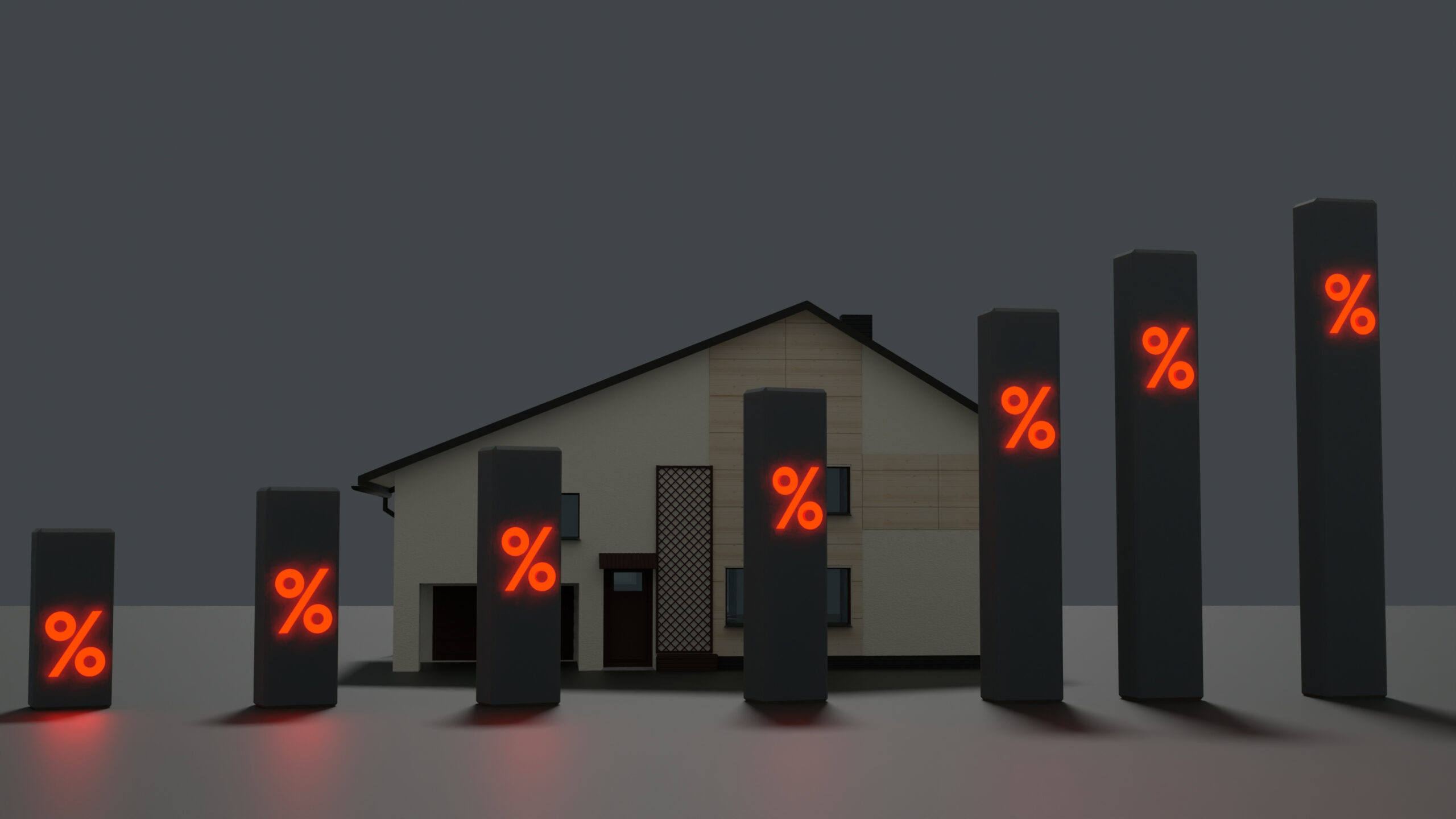Foreclosures are becoming an increasingly commonplace throughout the United States as homeowners struggle in an uncertain economic environment beset with inflation, rising property taxes, a restart in student loan payments, and other financial issues. ATTOM’s February 2024 report shows that foreclosure starts are up 11% year-over-year while the total number of foreclosure filings has seen an 8% increase. REOs, which are properties repossessed by the lender, are down 11% from one year ago. However, this isn’t an indication that homeowners have improved their financial prospects. Rather, experts point out, many homeowners have high equity in their homes and so choose to sell the home and repay the mortgage rather than wait for the lender to repossess the home.
Homeowners in certain geographic locations are facing more struggles than others. REOs are up by 51% in South Carolina, which also has the highest foreclosure rate in the nation. One in every 2,248 housing units in the Palmetto State had a foreclosure rating in 2024, far higher than the national foreclosure rate of one in every 4,279 housing units. Missouri’s REO rate was up 50% this month, even though the state has a low foreclosure rate with fewer than 350 homes going into foreclosure in February 2024. Pennsylvania saw a 46% rise in REOs with 182 REOs in Philadelphia alone and an additional 105 REOs in Pittsburgh. Chicago has the highest REO of any city in the United States. In fact, it is the only city with over 200 REOs in February. Illinois, the city’s home state, has the sixth-highest foreclosure rate in the nation with over 1,800 homes going into foreclosure in February 2024. New York City had 173 REOs in February 2024 even though New York State saw a 41% decrease in its REO rate. At the same time, the Empire State is fourth-highest in foreclosure starts with almost 1,300 foreclosure starts this month. Florida comes in top place with 2,732 foreclosure starts, followed by California with 2,730 foreclosure starts and Texas with 2,694 foreclosure starts.
Many of America’s least populous states are the ones with the lowest foreclosure rates. North Dakota, for instance, has a foreclosure rate of one in every 28,644 homes and only had 13 foreclosures in February 2024. South Dakota had 21 foreclosures while Montana had 24. In Vermont, only 28 homes went into foreclosure. Alaska saw 34 foreclosures while Wyoming saw 37. On the other hand, Washington, which is the 13th most populated state in the United States, has a per-household foreclosure rate of one in every 12,232 households, which is lower than all other states except North Dakota, South Dakota, Montana, Kansas, and West Virginia.
Experts have long predicted that the residential real estate market would see a rise in foreclosures after COVID mortgage forbearance ended. However, the fact that the foreclosure rate is still rising cannot be solely attributed to the 2020 – 2021 pause in foreclosures. The reasons why homeowners fail to make mortgage payments vary, but it is clear that, as ATOMM’s Rob Barber recently stated, the current trends “could signify evolving financial landscapes for homeowners.” Barber predicts that an adjustment in market strategies and lending practices could take place, but only time will tell if such an adjustment will happen. Lenders and aspiring home buyers alike may be waiting for the FED to lower rates as FED Chair Jerome Powell indicated would take place in 2024. However, there is no indication of when rates would be cut. What’s more, such cuts will offer little relief to the owners of the 32,938 properties facing foreclosure throughout the United States, or to the homeowners who haven’t defaulted yet but continue to struggle to make monthly mortgage payments.
Have questions?
If you or someone you know has questions about the current foreclosure climate, we’d be happy to answer your questions:
(818) 591-9237

